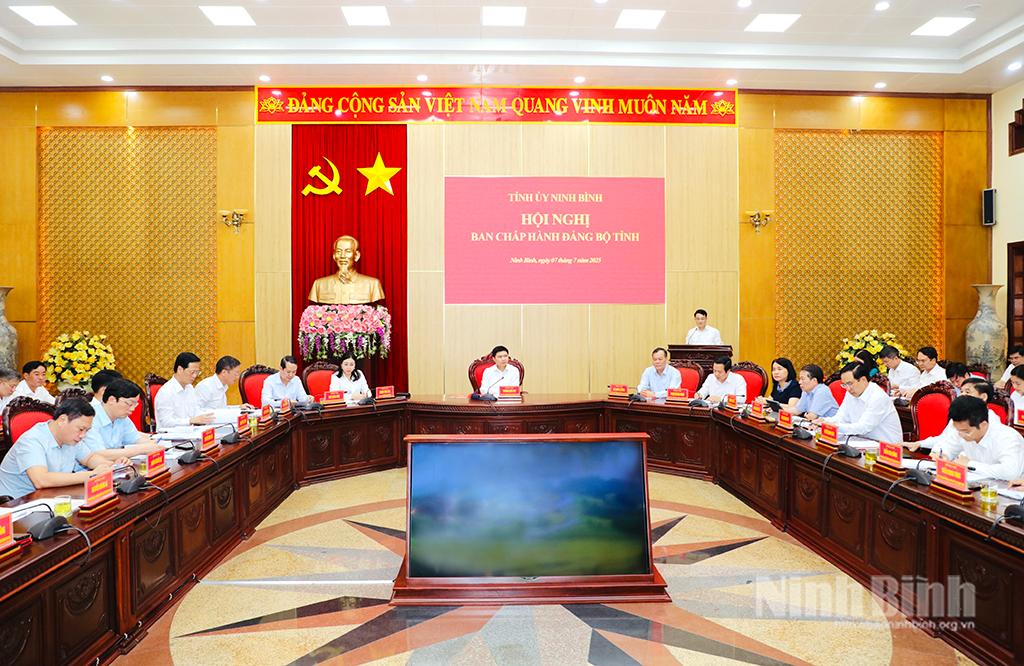Regional connectivity for sustainable development

At the CLMV 7, senior leaders reached a strong consensus on facilitating trade and investment through bilateral and multilateral agreements and on expanding the implementation of the 'one-stop-shop' model at border gates between countries.
They also agreed to utilise the potential of transnational economic corridors such as the East-West Economic Corridor and the South Economic Corridor. Leaders also encouraged investment in agriculture, industry, and energy and expressed their expectations for building the Cambodia-Laos-Myanmar-Vietnam region into a world leading tourism attraction.
The summit also praised Vietnam's annual scholarship programme granted to students from Cambodia, Myanmar and Laos and suggested Vietnam continue the programme in the coming years, which was stated in the CLMV 7 Joint Statement.
Addressing the CLMV 7, PM Dung emphasised the necessity of strengthening co-operation between the four countries for the interest of each nation and for the mutual prosperity of the whole region with top priority given to enhancing competitiveness. The CLMV possesses a golden age labour force, abundant natural resources and a large market size of nearly 170 million people in addition to being a link connecting South-East Asia with other wider markets, the CLMV has enormous potential to participate in the value chain of the region and become a new motivation for ASEAN development.
Prime Minister Dung's message on strengthening policy and infrastructure connectivity was appreciated by other delegates as these are urgent issues in the current CLMV co-operation. PM Dung suggested soon converting transport corridors into economic corridors through policies on facilitating cross-border transportation and trade, accelerating the implementation of the 'one-stop-shop' mechanism and ASEAN Customs Transit System, giving incentives to logistic development along economic corridors and improving the business and investment environment.
PM Dung affirmed the commitment of the Vietnamese Government for CLMV co-operation and expected the four countries to continue to co-ordinate closely to successfully implement co-operation programmes for the sustainable development of each country and for peace, stability and prosperity of the entire region.
At the ACMECS, PM Dung highlighted the significance of strengthening connectivity and co-operation, particularly in priority sectors to enhance the competitiveness of economies and promote the sustainable development of the sub-region. Vietnam pledged to increase the efficiency of ACMECS co-operation, encourage and facilitate the participation of the business sector in ACMECS activities.
Participants stressed potentials and challenges facing CLMV and ACMECS member countries when the ASEAN Economic Community will be formed in late 2015.
Leaders from Cambodia, Laos and Myanmar expressed their hope that Vietnam and Thailand, both countries having developed agriculture, will share their experiences in agricultural cultivation, particularly with industrial trees, as well as in the processing of agricultural products and enhancing export value.
Participants also agreed that as the five ACMECS countries possess a rich culture imbued with national identities, historical and cultural heritages and charming tourist attractions, it is necessary for them to boost tourism co-operation, including links via air, land and waterways, contributing to enhancing service quality and attracting more international visitors.
Addressing the 6th ACMECS Summit, PM Nguyen Tan Dung suggested the five countries promptly apply the "one-stop-shop" model at border gates, which was recently inaugurated at the Lao Bao-Densavan international border gate between Vietnam and Laos last February. The initiative was highly valued by attendees as it helps clear custom procedures, reduces costs and increases trade exchanges between the countries.
PM Dung revealed that at the eighth CLMV Summit and the seventh ACMECS Summit, to be held in Vietnam in 2016, Vietnam will invite representatives from the World Economic Forum, world-leading groups and enterprises in order to increase connection and open co-operation opportunities for countries in the Greater Mekong Sub-region. His announcement was enthusiastically welcomed by leaders from the five ACMECS countries.
On the sideline of the two summits, the Vietnamese Government leader met with Myanmar President Thein Sein. The host leader emphasised that Myanmar highly values multi-facetted co-operation with Vietnam, saying that the establishment of the Vietnam - Myanmar Friendship Association is a vivid illustration of the fine relations between the two countries.
The Myanmar President highly valued Vietnamese investors and businesses operating in his country, pledging that Myanmar will soon grant a license for the Bank for Investment and Development of Vietnam (BIDV) to open a branch in Myanmar.
The two leaders declared their determination to achieve 500 million USD in trade this year.
During his stay in Myanmar, PM Nguyen Tan Dung also attended a ceremony held by the Association of Vietnamese Investors to Myanmar (AVIM) on June 23 to mark the completion of the first phase of construction of the US$440 million Hoang Anh Gia Lai Myanmar Centre in Yangon city.
The PM also participated in a similar event on the same day to inaugurate activities of the financial and insurance companies of the BIDV in Myanmar.
The seventh CLMV Summit and the sixth Summit concluded successfully, helping participating countries increase connection, foster sustainable development and deepen international integration.
The participation of the Vietnamese delegation, led by PM Nguyen Tan Dung, throughout two summits, has promoted Vietnam as an active, positive and responsible member in the ASEAN Community as well as its increasing role and position in the region and the wider world.
(Source: Nhan Dan Online)


